Plants of the Castlemaine District
Open panicles with many unawned lemmas
Home.....
Main Menu.....
Grass menu .....
Common name index.....
Scientific name index.....
Glossary .....
The grass plant....
Poa species. Tussock, Meadow Grasses.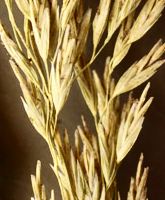
Tall to short grasses. Lemmas and glumes are small and the spikelets are sideways compressed. Some species have cobwebby hairs near the lemma bases. The ligules are membranous. Native and introduced species.

Tall to short grasses. Lemmas and glumes are small and the spikelets are sideways compressed. Some species have cobwebby hairs near the lemma bases. The ligules are membranous. Native and introduced species.
Shell Grass. *Briza maxima 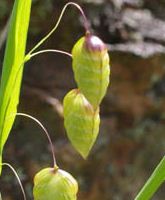
Low grass. Spikelets are plump and nodding. The 7-20 lemmas are closely packed. Very common bushland weed.

Low grass. Spikelets are plump and nodding. The 7-20 lemmas are closely packed. Very common bushland weed.
Shivery Grass. *Briza minor 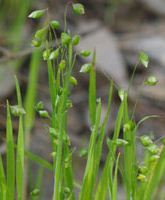
Low grass. Spikelets are plump held more or less erect. The lemmas fewer(4-8) and smaller than those of shell grass. Common.

Low grass. Spikelets are plump held more or less erect. The lemmas fewer(4-8) and smaller than those of shell grass. Common.
Fern Grass *Catapodium rigidum 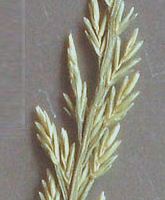
Small grass (to 20cm), The spikelets are slightly separated.The glumes and lemmas are hardened when mature. Uncommon.

Small grass (to 20cm), The spikelets are slightly separated.The glumes and lemmas are hardened when mature. Uncommon.
Prairie Grass *Bromus cathcarticus 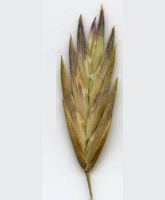
Medium to tall grass. The lemmas colour to red and brown as they mature. The relatively large and colured spikelets are distinctive. Very common.

Medium to tall grass. The lemmas colour to red and brown as they mature. The relatively large and colured spikelets are distinctive. Very common.
Australian Sweet-grass Glyceria australis. 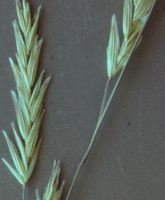
A tall slender grass, growing close to, or in, water.

A tall slender grass, growing close to, or in, water.
Love Grasses Eragrostis species. 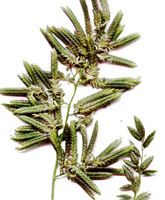
Tall to spreading grasses. The delicate flower sprays have brownish to brownish green spiklets. The spikelets are often small and narrow, and the florets are neatly arranged along the spikelet axis.

Tall to spreading grasses. The delicate flower sprays have brownish to brownish green spiklets. The spikelets are often small and narrow, and the florets are neatly arranged along the spikelet axis.
Tall Fescue *Festuca arundinacea. 
Tall grass. Festucas differ from Bromes in that festuca has hairless ovaries. The base of the lemmas of fescues are round at the base, and keeled at the tip. The lemmas of Tall Fescue may be awned or unawned.

Tall grass. Festucas differ from Bromes in that festuca has hairless ovaries. The base of the lemmas of fescues are round at the base, and keeled at the tip. The lemmas of Tall Fescue may be awned or unawned.
Cocksfoot *Dactylis glomerata. 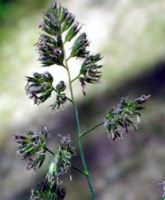
Medium to tall grass. The flower cluster consists of several smaller, stalked, one-sided clusters. Common.

Medium to tall grass. The flower cluster consists of several smaller, stalked, one-sided clusters. Common.